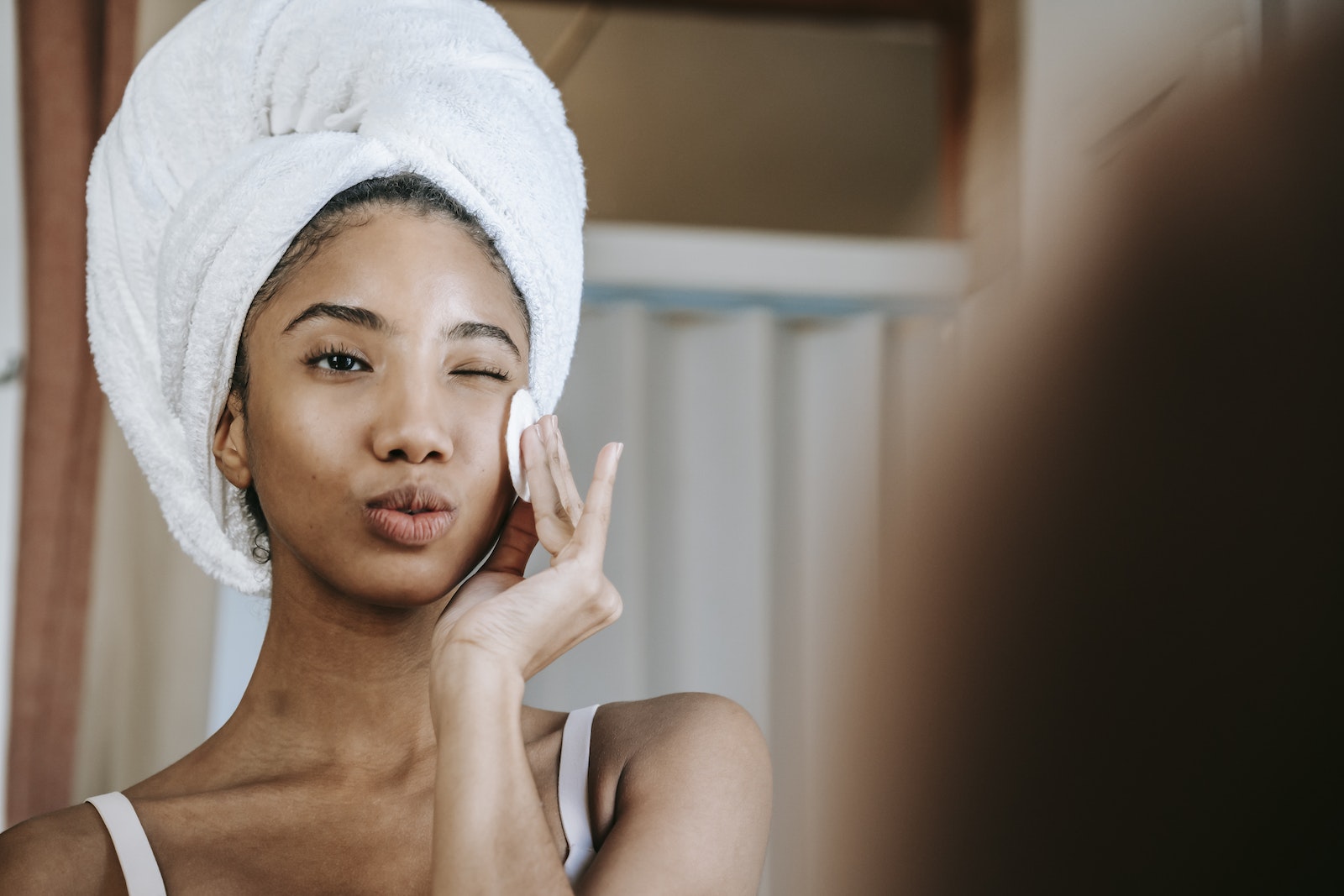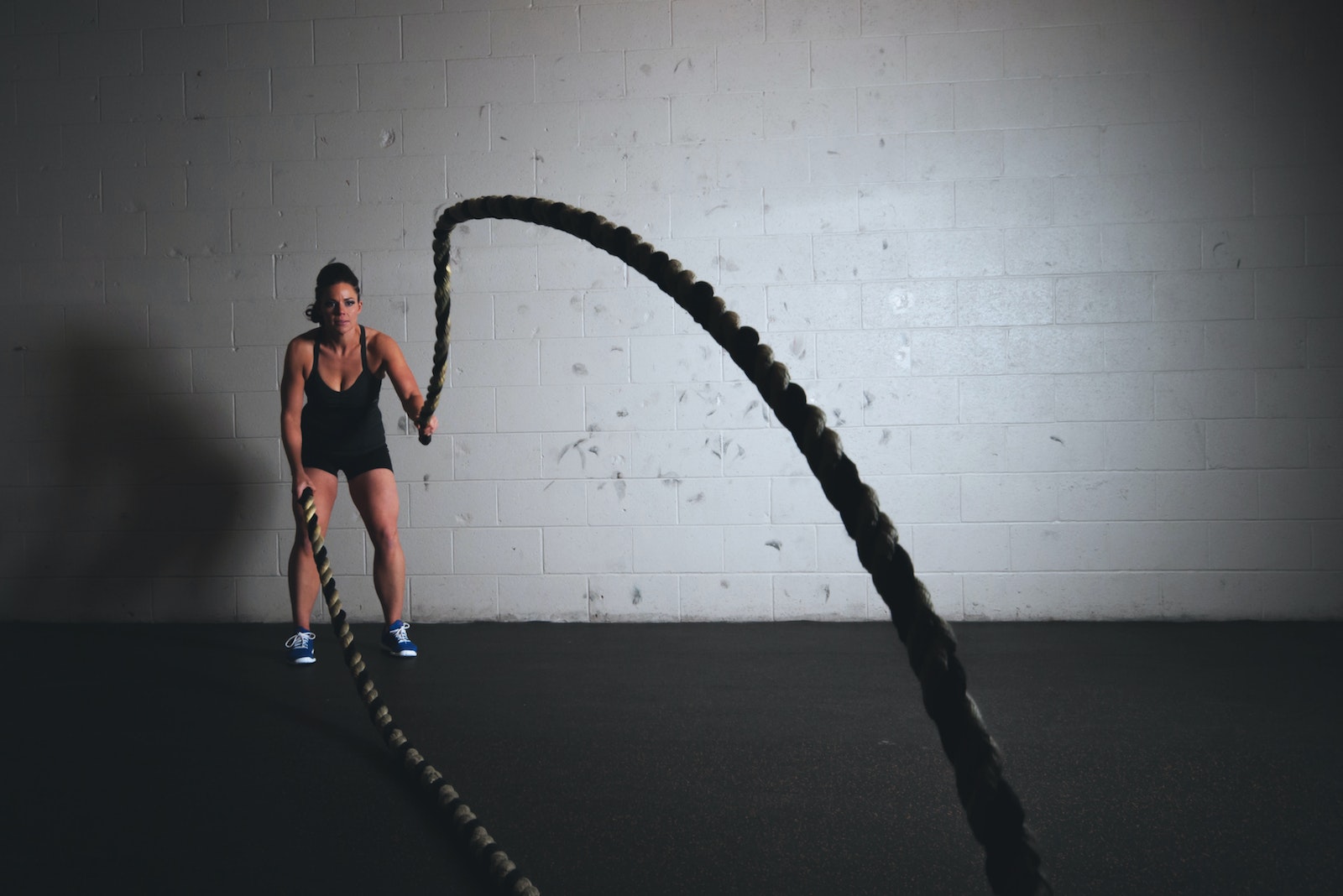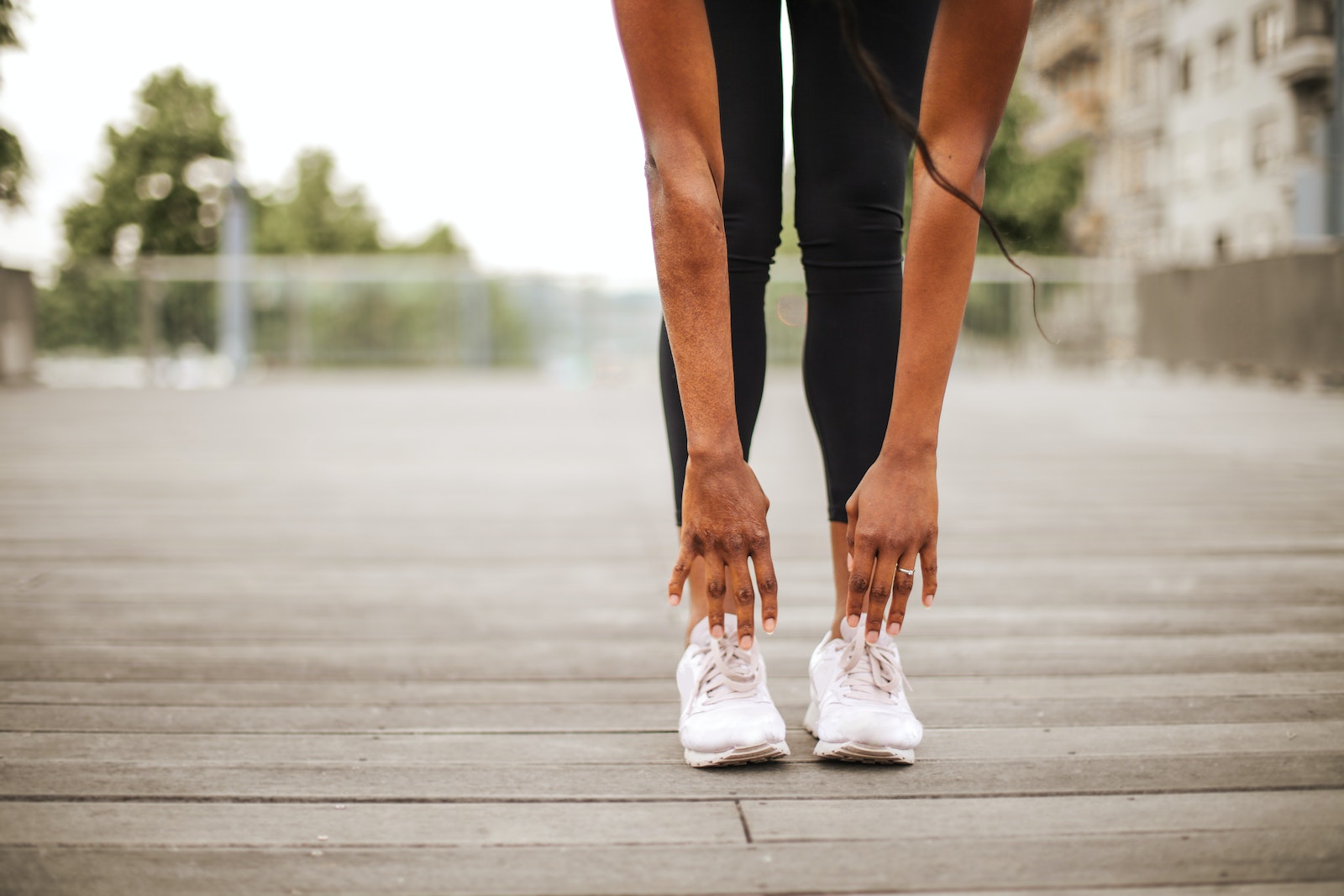In today’s fast-paced digital world, stress has become an inevitable part of our lives. From juggling work deadlines to managing personal relationships, the demands on our time and energy can often leave us feeling overwhelmed. However, what if I told you that technology, often considered a major source of stress, can also be harnessed to help manage and reduce our stress levels? This article explores the concept of digital serenity and how embracing technology can actually be beneficial for effective stress management.
The Paradox of Technology and Stress
It is undeniable that technology has revolutionized the way we live, work, and communicate. From smartphones and social media to productivity apps and wearable devices, advancements in technology have made our lives more convenient and connected. However, this constant connectivity and information overload can also contribute to increased stress levels.
The constant notifications, pings, and demands for our attention can create a sense of urgency and anxiety. We find ourselves constantly checking emails, social media feeds, and news updates, fearing that we might miss out on something important. Moreover, the pressure to always be available and responsive can blur the boundaries between work and personal life, leading to burnout and a diminished sense of well-being.
Cultivating Digital Serenity
Digital serenity is about finding a balance between utilizing technology for its many benefits while also safeguarding our mental and emotional well-being. Rather than allowing technology to control us, we can learn to take charge and use it as a tool for stress management. Here are some strategies to cultivate digital serenity in our lives:
1. Practice Mindful Technology Use
One of the keys to managing stress in the digital age is to practice mindful technology use. This involves being conscious of our habits, setting boundaries, and being intentional about how we engage with technology. By implementing these practical tips, we can effectively manage stress:
- Designate specific times for checking emails and social media, rather than constantly being at its mercy. By doing this, we can regain control over our time and reduce the feeling of being constantly overwhelmed.
- Turn off unnecessary notifications to minimize distractions and interruptions. This allows us to focus on the task at hand and reduces the constant need to switch between different apps or platforms.
- Create tech-free zones or time blocks to disconnect and recharge. By setting aside dedicated periods without technology, we can give ourselves the opportunity to relax, unwind, and engage in activities that promote well-being.
- Use apps and features that monitor and limit screen time, helping us become more aware of our digital habits. By tracking our screen time, we can identify patterns of excessive use and take steps to reduce it, ultimately reducing stress.
2. Utilize Stress Management Apps and Tools
While technology can contribute to stress, it can also offer invaluable resources for stress management. There are numerous apps and digital tools specifically designed to help individuals reduce stress, improve focus, and promote relaxation. By incorporating these apps and tools into our daily routine, we can effectively manage stress:
- Meditation and mindfulness apps: These provide guided meditations, breathing exercises, and relaxation techniques to help calm the mind and body. By regularly practicing mindfulness, we can reduce stress and increase our overall well-being.
- Productivity apps: These assist in managing tasks, setting priorities, and breaking them down into manageable steps, reducing stress associated with overwhelm. By organizing our workload and having a clear plan, we can approach tasks with a sense of control and reduce stress.
- Sleep apps: These offer features like sleep tracking, soothing sounds, and bedtime routines to improve the quality of sleep and overall well-being. By prioritizing sleep and utilizing these apps, we can enhance our sleep hygiene and reduce stress caused by sleep deprivation.
- Digital journals and gratitude apps: These encourage reflection, gratitude, and self-care, promoting a positive mindset and reducing stress. By cultivating gratitude and engaging in self-reflection, we can shift our focus to the positive aspects of our lives and reduce stress.
3. Embrace Digital Detoxes and Outdoor Activities
While technology plays a significant role in our lives, it is essential to take breaks and disconnect from the digital world. Engaging in outdoor activities and embracing nature can have profound effects on stress reduction and overall well-being. Consider the following strategies to cultivate digital serenity:
- Schedule regular digital detoxes, where you disconnect from screens and spend time engaging in activities that bring you joy and relaxation. This break from technology allows us to recharge and rejuvenate, ultimately reducing stress.
- Explore outdoor hobbies like hiking, gardening, or simply taking a walk in nature. These activities have been proven to reduce stress and improve mental health. By immersing ourselves in nature, we can experience a sense of calm and serenity.
- Prioritize face-to-face interactions and quality time with loved ones. Human connections and social support are crucial for managing stress effectively. By fostering meaningful relationships, we can find support and alleviate stress through connection and understanding.
4. Seek Support from Online Communities
Technology doesn’t have to be isolating; it can also connect us to like-minded individuals who understand and share similar experiences. Online communities and support groups can serve as a valuable source of emotional support and understanding. Consider the following steps to seek support:
- Join forums, social media groups, or dedicated apps that cater to individuals experiencing similar stressors. By engaging with these communities, we can share our experiences, gain insights, and find comfort in knowing that we are not alone.
- Participate in discussions and offer support to others. By contributing to the community, we can foster a sense of belonging and develop a support network that can provide valuable advice and encouragement.
- Share resources, tips, and strategies that have helped us manage stress effectively. By sharing our knowledge, we can empower others and contribute to the collective well-being of the community.
The Future of Digital Serenity
As technology continues to evolve, so does the potential for leveraging it in stress management. From virtual reality therapy to AI-powered mental health assistants, the future holds exciting possibilities for digital serenity. However, it is essential to approach these advancements mindfully, ensuring they are designed with user well-being and ethical considerations in mind.
In conclusion, embracing technology for effective stress management is about finding a balance and using it as a tool rather than allowing it to control us. By practicing mindful technology use, utilizing stress management apps, embracing digital detoxes, and seeking support from online communities, we can harness the power of technology to cultivate digital serenity and lead more balanced, stress-free lives. So, let’s embrace the positive potential of technology and navigate the digital world with serenity and well-being in mind.
FAQ
1. How can I practice mindful technology use to manage stress?
- Designate specific times for checking emails and social media, rather than constantly being at its mercy.
- Turn off unnecessary notifications to minimize distractions and interruptions.
- Create tech-free zones or time blocks to disconnect and recharge.
- Use apps and features that monitor and limit screen time.
2. What are some stress management apps and tools that I can utilize?
- Meditation and mindfulness apps
- Productivity apps
- Sleep apps
- Digital journals and gratitude apps
3. How can I embrace digital detoxes and outdoor activities to reduce stress?
- Schedule regular digital detoxes and engage in activities that bring joy and relaxation.
- Explore outdoor hobbies like hiking, gardening, or taking a walk in nature.
- Prioritize face-to-face interactions and quality time with loved ones.
4. How can online communities provide support for stress management?
- Join forums, social media groups, or dedicated apps for individuals experiencing similar stressors.
- Participate in discussions and offer support to others.
- Share resources, tips, and strategies that have helped manage stress effectively.









